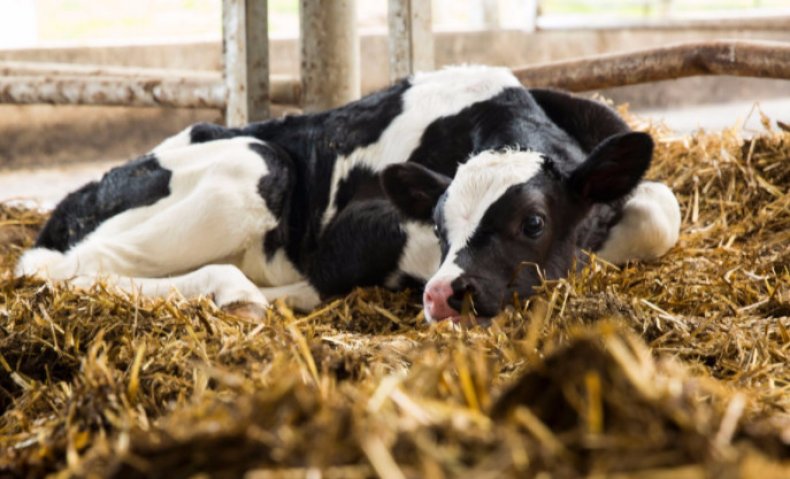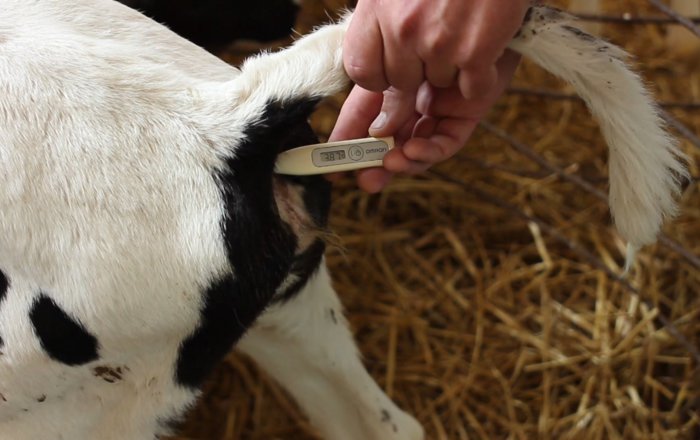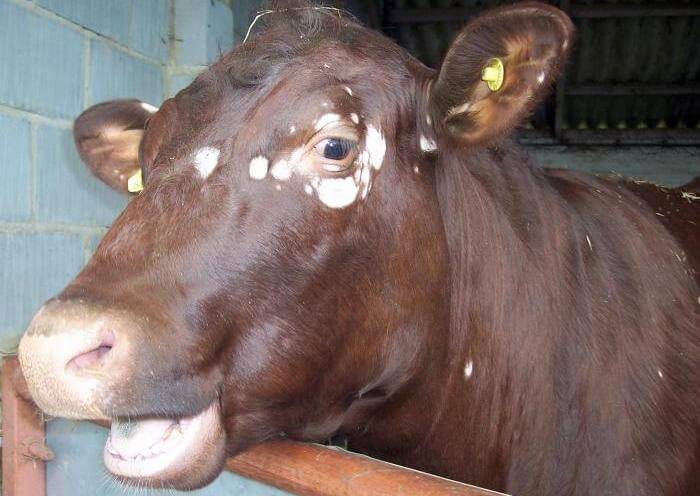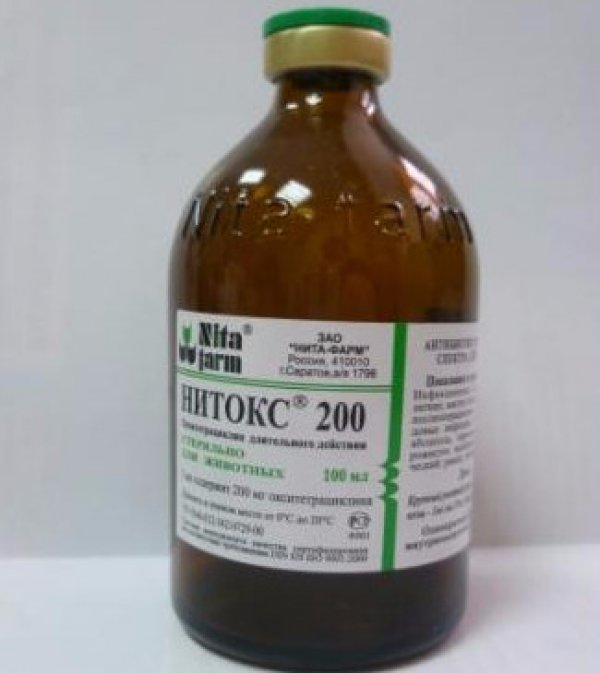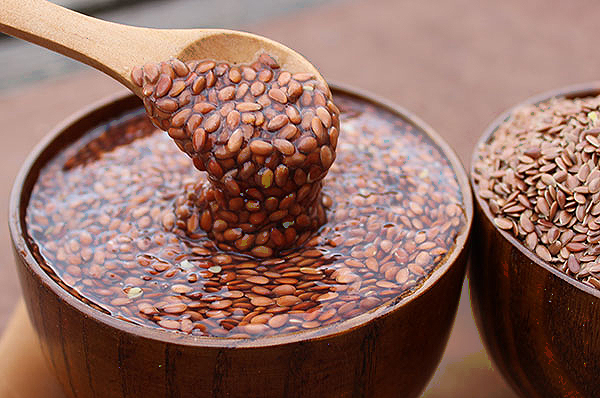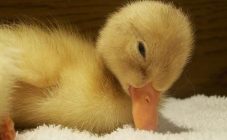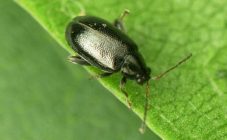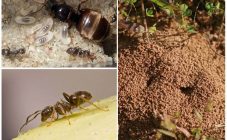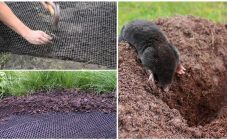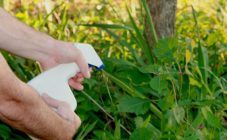Content:
In agriculture, cattle (cattle) breeding is very popular. Before you start working with animals, you need to learn about the pitfalls. The main surprise can be diarrhea in calves, home treatment with folk remedies will quickly help save livestock.
The causes of diarrhea
Why do cows and bulls develop diarrhea? How to cure a one-year-old bull? To stop viral diarrhea in calves, you need to consider various options for the manifestation of the disease.
The first sign of diarrhea in a calf is a weakened cattle immune system. Since at the initial stage of calf development, the immune system is practically absent, the development of various pathologies is possible. After birth, the calf's immunity may weaken. When caring for livestock, you need to pay attention to the following:
- correct feeding of animals;
- whether the living room for livestock meets all the requirements (it needs to be built, observing the rules of hygiene);
- adherence to the diet;
- calves should be fed with proper quality grass.
The animal can get very sick due to food poisoning. Sometimes this problem leads to the death of livestock. Only the owner can prevent this, since it is he who chooses what should be the menu for animals.
Problems can also arise when the calf is weaned from breast milk and taught to other feeds. Due to a weak ventricle, animals cannot digest most of the food provided. It is through food that bacteria and parasites enter the body of livestock.
Viruses enter the body of young livestock every day. Diarrhea with blood is much more dangerous than usual, it is distinguished by its transience and numerous secretions. As a result, calves often die of starvation.
Yellow diarrhea with watery discharge, accompanied by a high fever, occurs due to rotavirus infection. And the coronavirus causes ulcers, a decrease in temperature, and a weakening of the immune system. At this point, it is very important to help the animal.
White diarrhea occurs due to an infection of collibacillosis, which enters the body with dirty milk.
The calf vilifies, what to do? Help, of course. But in no case close your eyes, as this problem often leads to the death of livestock. Until the calf is one month old, the owner must monitor the slightest changes in the life of the animals.
Colibacillosis and salmonellosis
The cause of diarrhea can be an infectious disease colibacillosis. This pathology is diagnosed in animals in the first week of life. It arises as a result of eating poor-quality feed, due to a lack of vitamins and improper care. The disease is transmitted through colostrum.
Antibiotics, drugs for toxins, serum with hyperimmune function help to cope with the problem. To improve the effect, use chamomile infusions, decoctions of oak bark and St. John's wort.
Another cause of diarrhea in calves is salmonellosis. This is also an infection that has a detrimental effect on livestock. Animals die in a week. If the calf is sick, then in a mild form it can get sick on its own, and all symptoms will disappear. In severe cases, the respiratory tract is affected, which leads to the development of pneumonia, which means the death of the animal.
Cattle paratyphoid
This infection affects young animals and often leads to the death of the animal. The disease proceeds in acute and chronic forms. The disease can be diagnosed in time by the following symptoms:
- feverish condition;
- body temperature 40 ° C;
- diarrhea with mucus.
After a few days, the diarrhea disappears, but the calf begins to water. There are times when fluid flows out of the nose. The young begin to cough.
Treatment is carried out as follows:
- sodium chloride with caffeine is injected intravenously;
- calves are given laxatives (a decoction of senna, a drink from rhubarb root), as well as flaxseed water;
- furazolidone 5 mg / kg of animal weight, levomycetin, sufamycin three times a day.
Ringworm
Lichen appears on some areas of the skin. In calves, the disease most often affects the head (ears, nose, cheeks). Over time, these organs begin to peel off. If you do not take action in time, the lichen will continue to spread and move to your legs and stomach.
Treat lichen by the following means:
- vaseline ointment with 20% tar;
- combine 1 part of turpentine and 2 parts of tar;
- copper sulfate - 20%;
- iodine tincture - 10%;
- hydrochloric acid - 20%.
Lotions are made from the above means.
Signs of diarrhea
Symptoms of cattle intoxication are visible on the surface. To determine the pathology in time, you need to know how it manifests itself at the initial stage. The symptoms of diarrhea are as follows:
- dehydration (the calf drinks more water than usual);
- sinking eyes;
- dehydration of the skin;
- grinding teeth;
- general state of lethargy.
Cattle intoxication treatment
The calf vilifies, what to do? What folk remedies to use? These are the questions every farmer asks when he sees clear signs of cattle intoxication. You need to follow certain instructions:
- Get rid of the cause of diarrhea (antibacterial drugs, serums, medicines in powder form). Rediar and metronidazole help well.
- Submit the cattle to rehydration therapy (give intravenous injections, give more water).
- Drink with vitamins.
- Carry out anti-inflammatory treatment.
Effective drugs for diarrhea
Effective drugs for cattle intoxication:
- burnt alum is a powdery preparation that helps fix stools in a couple of days;
- nitox is a special solution for cattle used as an injection. One injection will be enough;
- tetracycline is available in tablet form. It belongs to the group of antibiotics;
- catosal is a very effective and functional remedy. The medicine is released as an injection;
- chloramphenicol is an antibacterial drug that can affect the intestinal microflora. Available in tablet and powder form;
- ditrim - injection solution that allows you to destroy gastric and intestinal infections;
- loperamide has a fixing effect.
It is forbidden to use medicines without knowing the exact diagnosis.
Folk ways
There are times when, for certain reasons, calves are not allowed to use antibiotics. Then alternative methods of medicine come to the rescue.
Decoctions are very effective in treating diarrhea in cattle. For their preparation, use barley, oats, rye. The grains are poured with boiling water and mixed. Then the broth is decanted and given to the calf. You can give the prepared drink 5 times a day for several days.
If the calf has diarrhea, you need to give it flaxseed water. Put the seeds in a saucepan and fill it with water, put it on a slow fire and boil for 1 hour. If the water has boiled away strongly, you can add more. Then the prepared drink is decanted and sent to the refrigerator for a couple of days.
A rosehip and St. John's wort drink is also considered effective. To prepare it, you need to pour the main components into 1 liter of boiling water and stand for 12 hours. The infusion is decanted and the calf is given three times a day.
2 more effective folk remedies:
- tea tincture. To prepare, you need 1 liter of black tea, to which 3 egg whites and 1 tbsp. a spoonful of salt. Everything is mixed and given to the animal for a month.
- beetroot mixture. To prepare it, take an enema and 500 ml of beet juice. Cleansing is performed every 2 hours.
You can also try salt treatments. The salt composition easily removes all harmful substances from the body, restores mineral reserves. Dissolve 5 teaspoons of salt in water. The solution is given to the calf throughout the day.
Many people use the old-fashioned way. Take the saline solution and pour it into a 3 liter bottle. The top is closed with a stopper and a siphon with rubber tubes and a clamp. Take 200 g of finely chopped onion (in red husk) and throw it into a container. Shake everything, pour in 100 ml of vegetable oil. After 2 days, you can use the agent at the rate of 5 ml per 1 kg of animal weight. Take the solution every hour.
A solution of sugar and salt is excellent for dehydration. The calf is given 400 ml of the resulting liquid every hour. For cooking, you need to dissolve 2 tbsp in 1 liter of water. tablespoons of sugar and 1 teaspoon of salt.
Traditional medicine cope with mild diarrhea, more severe are treated in conjunction with medicines. At home, you can make a decoction of wild rose berries and St. John's wort leaves. For cooking, take one of the plants (100 g) and pour 1 liter of boiling water. After 3 hours, the composition should be filtered and the calves should be fed 250 ml at a time three times a day.
There is another effective recipe for onions with red husks. To do this, 9 g of salt is dissolved in 1 liter of boiling water. The prepared solution is poured into a 3-liter container. A siphon equipped with rubber tubes with a clip is attached to the cork. 200 g of onion gruel are also added here. The composition must be shaken. Then add 100 g of vegetable oil. You can store the infusion for up to 2 days. Take the product, based on 5 ml per 1 kg of calf weight, 5 times throughout the day. This should be done every hour.
Before starting treatment with saline, there are a few rules to consider. Most importantly, it cannot be combined with milk. The interval between breastfeeding and the solution should be 2 hours. The electrolytes should be diluted with 3 liters of water. The drink is given at the rate of 1 liter of the product per 20 kg of animal weight.
What absolutely must not be given
When caring for a sick calf, you need to follow a number of rules:
- uncontrolled feeding should not be carried out. You need to give food according to a certain regimen so that the stomach has time to digest food;
- it is forbidden to give young animals cold milk;
- do not give calves food containing rock salt;
- it is forbidden to keep sick cattle in a cold and wet room.
Important! Ensure good air circulation in the barn. To prevent pathogenic microflora from multiplying, hygiene and sanitary cleanliness must be observed.
Preventive actions
After the treatment of diarrhea, the animal recovers for a long time, so the following should be considered:
- you need to adhere to hygiene and sanitary standards;
- it is recommended to get vaccinated on time to exclude the virus;
- newborn bulls are provided with colostrum;
- it is better to separate young livestock from each other, they should not be near the manure of other animals;
- the necessary vitamins and minerals must be present in the feed;
- as a preventive measure, the calves are given yogurt or lime water.
Farmers must monitor the health of animals, especially at a young age, because this is the most difficult period, when there are often many deaths. Any disease is easier to prevent than to cure for a long time and persistently!
